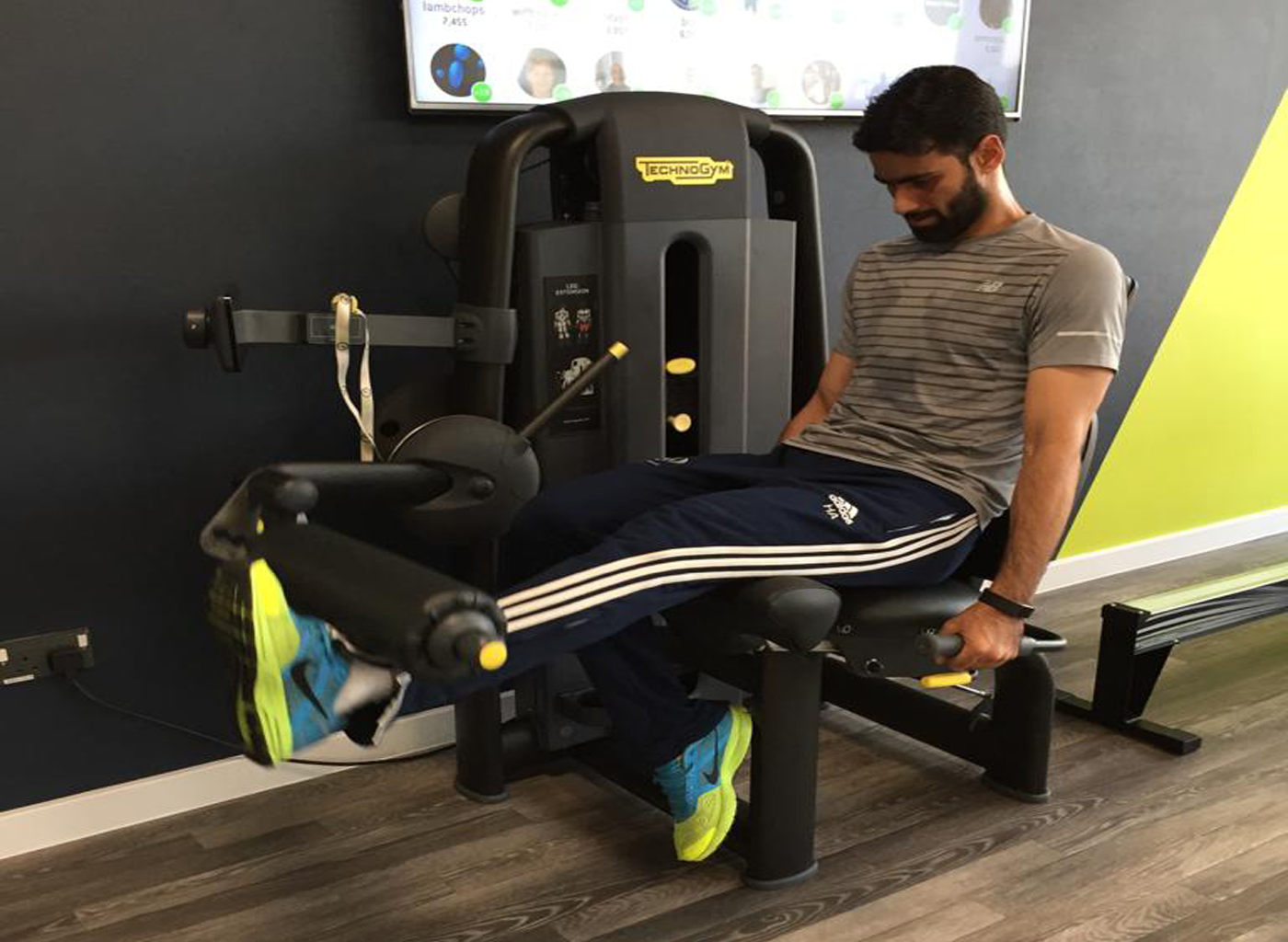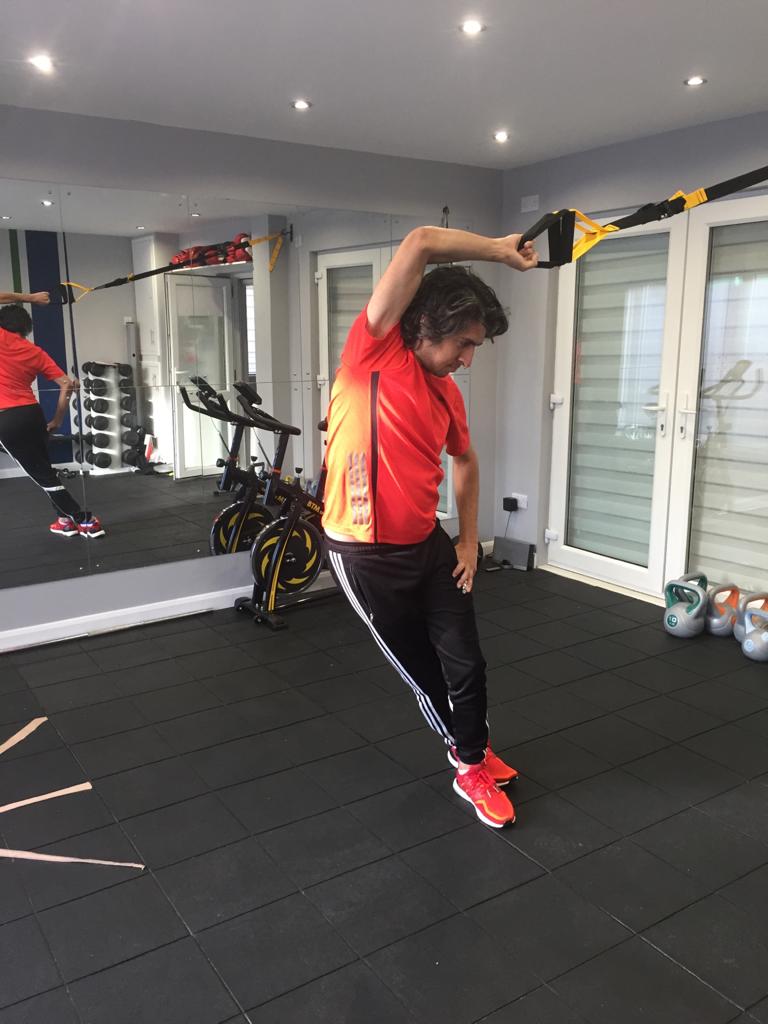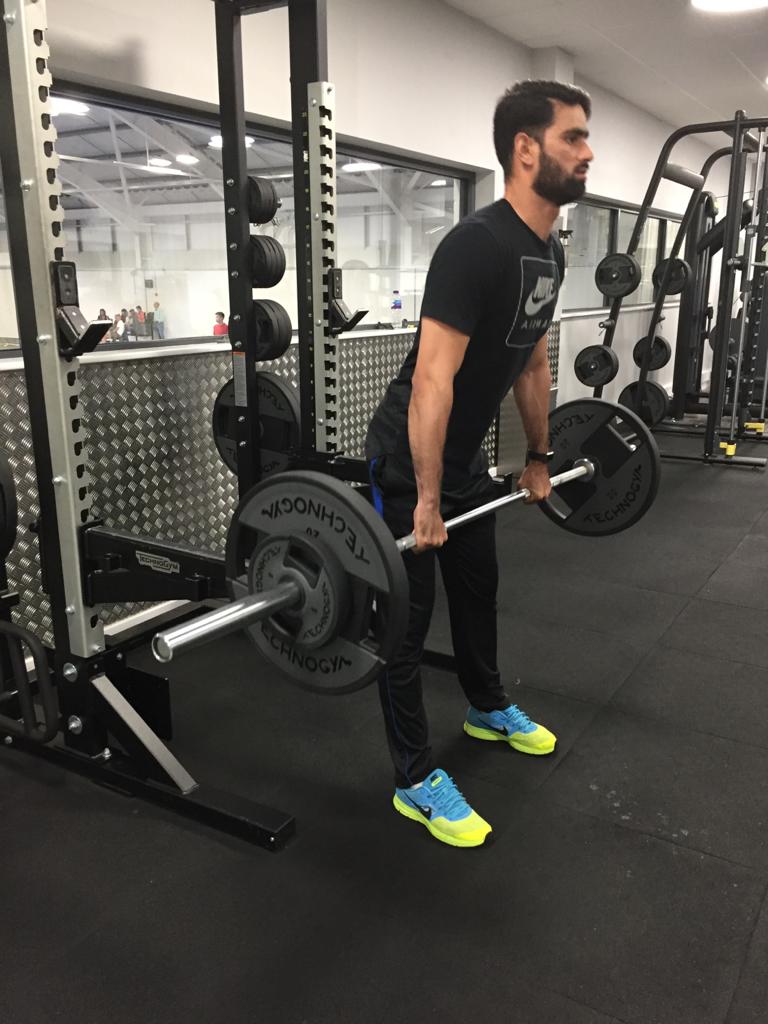Javed Mughal
Msc.SEM.PG.Dip.Phys.MC-
SP.Grad.Dip.Phys.HCPC
Javed Mughal, a Chartered and HCPC registered physiotherapist, has over 35 years of experience specialising in the treatment and rehabilitation of spinal and sports injuries.
Msc.SEM.PG.Dip.Phys.MC-
SP.Grad.Dip.Phys.HCPC
Javed Mughal, a Chartered and HCPC registered physiotherapist, has over 35 years of experience specialising in the treatment and rehabilitation of spinal and sports injuries.

A detailed history will be taken of how your injury occurred, what you have done with it and how you are managing it. It will be followed by looking at your pain pattern and how it affects you. A detailed physical examination will be carried out including palpation, range of movement, muscle testing, neurological testing with reflexes if needed and finally some specialist tests specific to your condition. A diagnosis will be made based on the findings and your treatment plan will be discussed in detail to suit your needs. You will then be treated depending on your condition using various techniques which may including mobilizations, manipulations, ultrasound, acupuncture, and exercises.
You will be shown exercises, given techniques and advise on how to avoid aggravating your condition, given advise on postural management if required as well as advise on how to improve and manage your problem. We will give you all the advice you need to empower you in managing your own problem whilst we facilitate the process.


Exercise forms the fundamental aspect of improving musculoskeletal disorders. Once a detailed assessment has been carried out and your aims and realistic goals have been discussed, exercise specific to your overall wellbeing will be advised which will focus on muscle activation, muscle strengthening, proprioception (balance) as well as exercise to increase joint mobility and muscle stretch. All weak areas will be targeted to return the joints and muscle tissue around the injured area as well as surrounding tissue to a full functional state or as near to it dependent upon the acuteness or chronicity of the condition. An example is that for Achilles pain. An isometric plantar flexion hold (5 times 40 seconds) produces a 50% reduction in Achilles’ tendon pain if carried out correctly (Bradford et al 2021)
This can be done at your request. Once we have got you back to your normal functional state, we can carry out detailed functional screening to see if there are ways that we can improve your body mechanics to improve your performance in the sport you are involved in. The screening will take the form of muscle strength testing using dynamometry, muscle flexibility can be tested using reach tests whilst balance can be tested using the SERB test. this will follow the same format as exercise rehabilitation but be more detailed and intense. The difference being in the screening, your condition will have resolved whilst in the exercise rehabilitation, we would be working in resolving your condition. An example of performance enhancement in runners could include jump rope skipping. 5 mins of jump rope skipping 2-4 times per week for 10 weeks has shown to significantly improve running speed and plyometric ability (Garcia-pinillos et al, 2020).


All our treatments, exercise programmes and rehabilitation are evidence based and are backed up by strong research. Esteve et al (2021) reported that players who reported groin problems in the previous season were 2.4 times more likely to report a groin problem in the coming season. Toole et al (2017) and welling et al (2018) reported that only 11-14% of non-elite athletes passed all discharge criteria for ACL Repairs at 8-9 months following surgery. This , if not corrected can lead to major issues and injury recurrence. Following the FIFA 11+ Injury prevention protocol has shown to reduce both the occurrence of ACL injuries as well as time loss to ACL injuries (Silvers-Granelli et al , 2017). Following the Nordic hamstring programme has been shown to reduce hamstring injuries by 51% (Al-Attar et al., 2017) Haroy et al., (2018) found that using the Copenhagen groin strengthening programme reduced the risk of groin injuries by 41% if carried out 3 times per week.